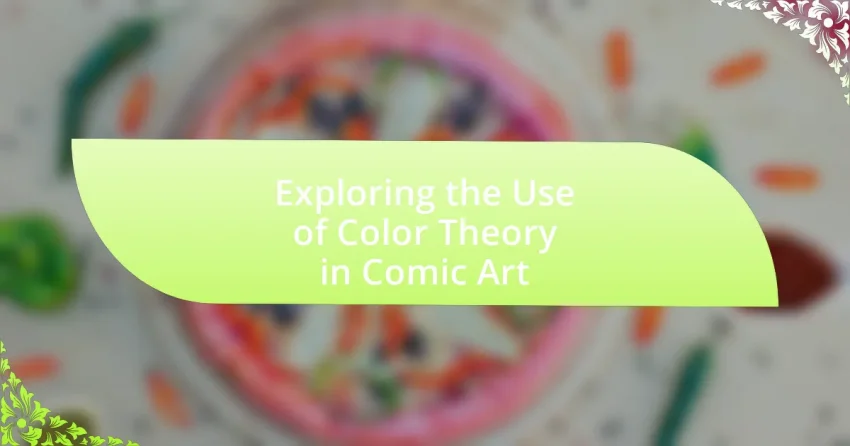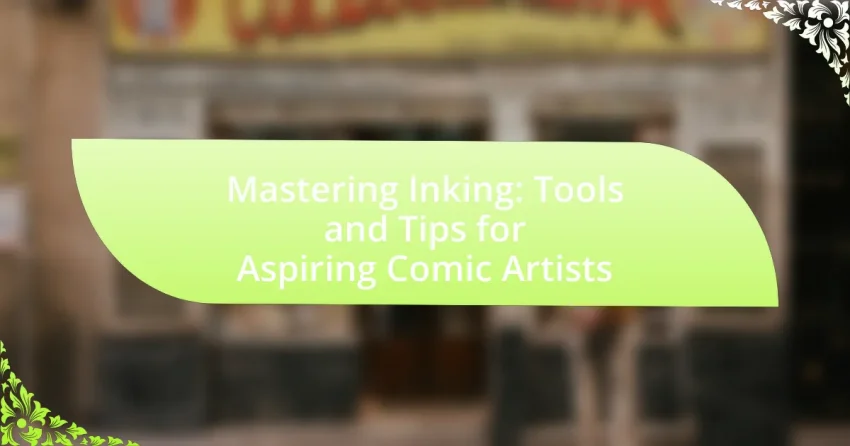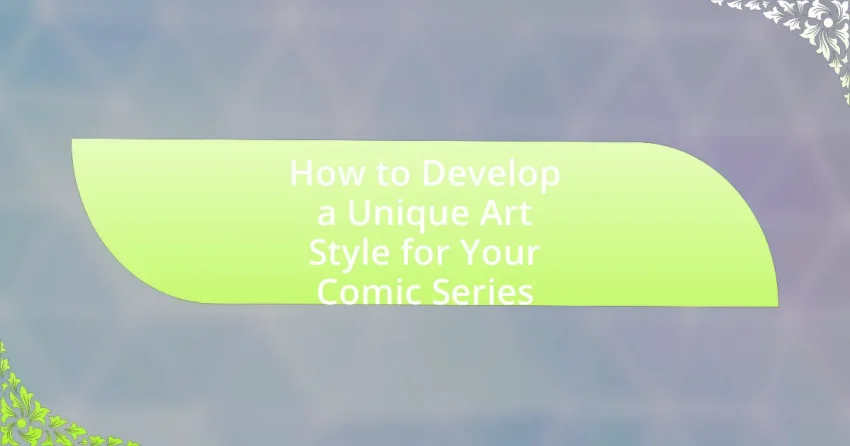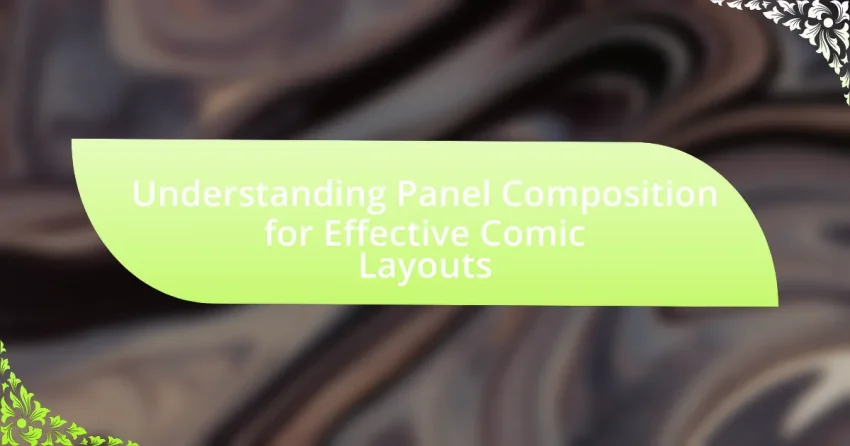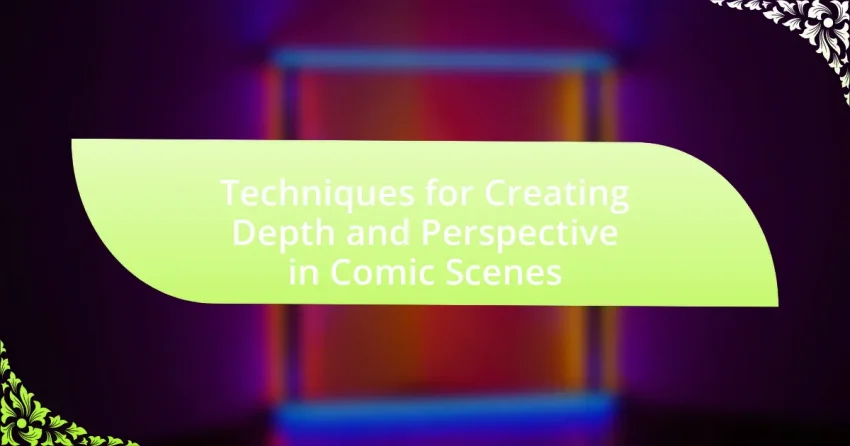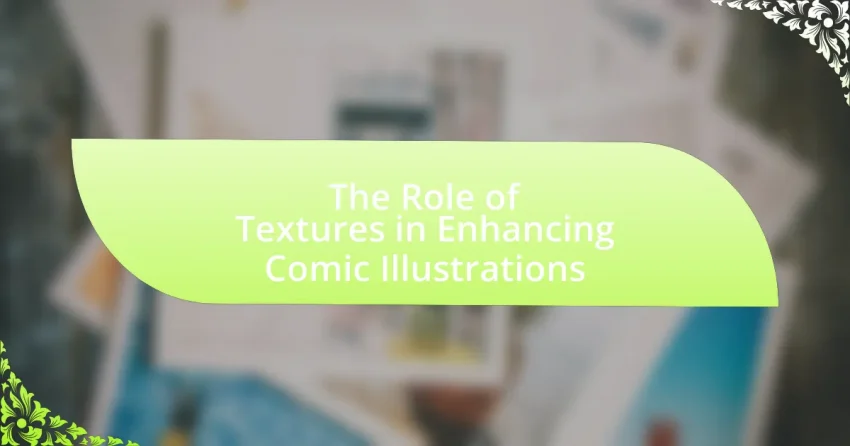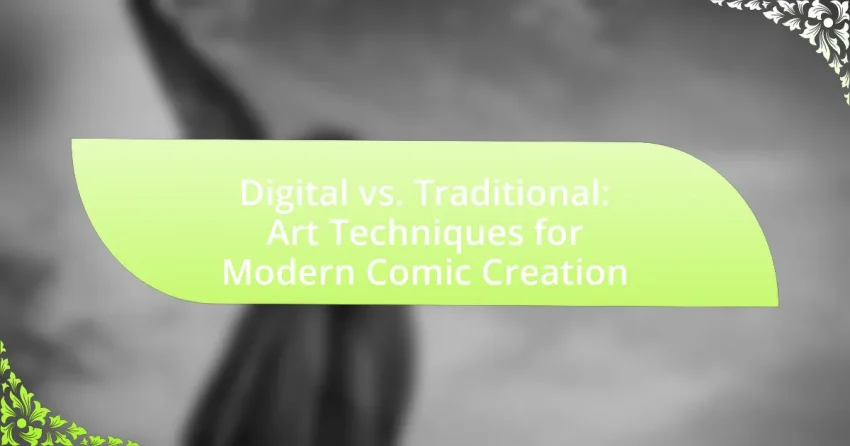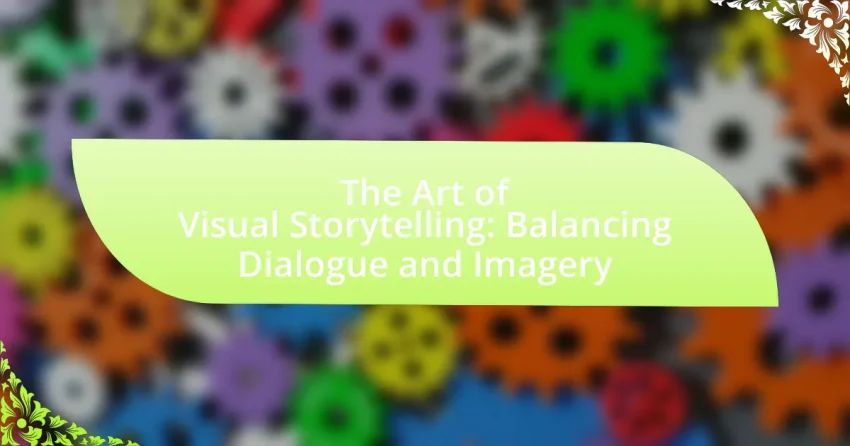Color theory in comic art encompasses the principles and guidelines that govern the use of color to create visual harmony, convey emotions, and enhance storytelling. The article explores how color influences visual storytelling by guiding emotional responses, establishing mood, and affecting pacing. It discusses fundamental principles such as the color wheel, color harmony, and contrast,…
Art Techniques
Welcome to the ‘Art Techniques’ category! Here, you’ll dive into a wealth of articles that explore various methods artists use to create stunning works. Whether you’re a complete beginner or looking to refine your skills, this category has something for everyone. You’ll find insights into traditional techniques, such as watercolor painting and graphite sketching, as well as modern methods like digital art and mixed media. Each article offers step-by-step guides, tips, and creative ideas to help you unleash your inner artist.
As you explore, expect to learn not just the how-to’s but also the principles behind each technique. Discover the tools and materials needed to get started. Understand the nuances of color theory or composition. Each piece aims to inspire and encourage you on your artistic journey. So grab your brushes, pencils, or digital devices, and let your creativity flow. The world of art techniques awaits!
The Importance of Thumbnail Sketches in Comic Design
Thumbnail sketches are essential preliminary drawings in comic design that allow artists to explore layouts, composition, and pacing before finalizing detailed artwork. These small, rough sketches serve as visual blueprints, enhancing creativity and problem-solving by enabling quick iterations of ideas. The article discusses the characteristics of effective thumbnail sketches, their role in the comic creation…
Mastering Inking: Tools and Tips for Aspiring Comic Artists
The article “Mastering Inking: Tools and Tips for Aspiring Comic Artists” focuses on the essential process of inking in comic art, which involves applying ink to pencil drawings to enhance visual clarity and depth. It outlines the differences between inking and other comic art techniques, emphasizing its significance in storytelling and character development. Key topics…
How to Develop a Unique Art Style for Your Comic Series
Developing a unique art style for a comic series is essential for creating a distinctive visual identity that differentiates the work from others in the genre. This article outlines the significance of a unique art style in enhancing storytelling, audience engagement, and brand identity. Key elements contributing to a unique style include individual creativity, technique,…
Understanding Panel Composition for Effective Comic Layouts
Panel composition in comic layouts is the strategic arrangement and design of panels on a page, crucial for effectively conveying narrative and visual flow. This article explores how panel size, shape, and placement influence storytelling, pacing, and reader engagement. Key elements such as clarity, balance, and flow are examined, along with the impact of different…
Techniques for Creating Depth and Perspective in Comic Scenes
The article focuses on techniques for creating depth and perspective in comic scenes, highlighting fundamental methods such as linear perspective, overlapping elements, varying sizes, atmospheric perspective, and foreground-background contrast. It explains how perspective influences viewer perception, emotional context, and storytelling, detailing different types of perspective, including one-point, two-point, and three-point perspectives. The article also addresses…
Techniques for Capturing Emotion in Comic Characters
The article focuses on techniques for capturing emotion in comic characters, emphasizing the importance of facial expressions, body language, color choices, and panel composition. It outlines how these visual elements contribute to emotional expression, detailing the role of exaggerated features and dynamic movements in conveying feelings. Additionally, the article discusses narrative techniques, including character development…
The Role of Textures in Enhancing Comic Illustrations
The article examines the critical role of textures in enhancing comic illustrations, highlighting how they contribute to depth, dimension, and emotional resonance within the artwork. It discusses various types of textures, such as cross-hatching and stippling, and their impact on mood, character development, and storytelling. Additionally, the article addresses the techniques artists can employ to…
Digital vs. Traditional: Art Techniques for Modern Comic Creation
The article examines the key differences between digital and traditional art techniques in comic creation, highlighting how each medium influences the artistic process, efficiency, and final outcomes. It discusses the unique characteristics, advantages, and disadvantages of both digital and traditional methods, as well as the factors that influence an artist’s choice of medium. Additionally, the…
The Art of Visual Storytelling: Balancing Dialogue and Imagery
The Art of Visual Storytelling focuses on conveying narratives through visual media, such as images and videos, rather than relying solely on text. This article explores the differences between visual and traditional storytelling, emphasizing the importance of imagery, composition, color, and narrative structure in engaging audiences. It discusses the role of dialogue in enhancing visual…
